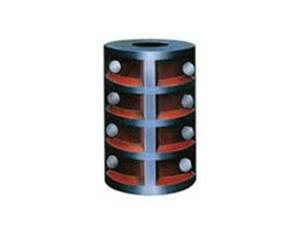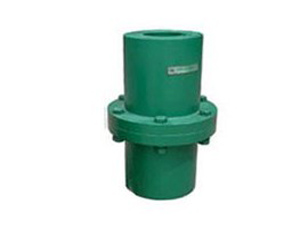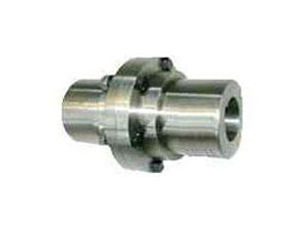- ※ Gear coupling
- ※ Diaphragm coupling
- ※ Plum blossom coupling
- ※ Star flexible coupling
- ※ Elastic pin coupling
- ※ Elastic pin gear coupling
- ※ Elastic sleeve pin coupling
- ※ Slider coupling
- ※ Rigid coupling
- ※ Sprocket chain coupling
- ※ Tyre coupling
- ※ Serpentine spring coupling
- ※ Universal coupling
- ※ Bracket series
- ※ Stirrer series
- ■ There are tips for surveying and mapping to make couplings...
- ■ Explain the movement of the diaphragm coupling...
- ■ Crusher coupling and pump coupling...
- ■ XINLAN manufacturers explain the coupling...
- ■ Durable gear coupling 38 Luo...
- ■ GSL type product XINLAN mechanical gear...
- ■ Improve the ranking of the coupling website...
- ■ Couplings with bolts XINLAN...
Open up and innovate, customer first
- ■ At the end of 2020, steel and freight are...
- ■ Find the coupling manufacturer to report...
- ■ XINLAN Machinery will chat with you about snakes...
- ■ Hundred sets of plum blossom 4 type coupling...
- ■ LZ type elastic coupling 2016...
- ■ 45# Steel Coupling/40 Luo Steel...
- ■ The nationwide increase in freight rates directly affects...

JQ type clamp shell coupling (HG5-213-65) Vertical clampCouplingIts characteristics are similar to those of the sandwich coupling, simple structure, convenient assembly and disassembly, suitable for low-speed (high circumferential speed of 5M/S), no impact, and stable vibration load occasions, suitable for the connection of vertical shafts such as agitators .The clamp shell coupling uses two clamp shells split along the axial direction, which are clamped by bolts to realize the connection of the two shafts. The torque is transmitted by the friction between the two halves of the coupling surface and the flat key is used for auxiliary connection.The shaft does not need to move axially during assembly and disassembly of the clamp housing coupling, so the assembly and disassembly are very convenient. The disadvantage of the clamp housing coupling is that the accuracy of the axis of the two shafts is low, the structure and shape are more complicated, and the manufacturing and balance accuracy is low. , Only suitable for low-speed and stable load occasions, usually the linear velocity of the outer edge is not more than 5m/s, when the linear velocity exceeds 5m/s, balance verification is required.
JQ type clamp coupling (HG5-213-65) clamp coupling does not need axial movement during assembly and disassembly, so it is very convenient to assemble and disassemble. The disadvantage of clamp coupling is the accuracy of the axis alignment of the two shafts. Low, complex structure and shape, low manufacturing and balance accuracy, only suitable for low speed and stable load occasions, usually the linear velocity of the outer edge is not more than 5m/s, when the linear velocity exceeds 5m/s, balance calibration is required Test.In order to improve the balance, the bolts should be installed between the forward and reverse phases.Jacketed couplings do not have axial, radial and angular compensation performance.The characteristics of the vertical clamp coupling are similar to those of the clamp coupling, simple structure, convenient assembly and disassembly, suitable for low-speed (high circumferential speed of 5M/S), no impact, and stable vibration load occasions, suitable for use For the connection of vertical shafts such as agitator.The clamp shell coupling uses two clamp shells split along the axial direction, which are clamped by bolts to realize the connection of the two shafts. The torque is transmitted by the friction between the two halves of the coupling surface and the flat key is used for auxiliary connection.
The basic parameters and main dimensions of JQ-type jacketed coupling: JQ-type jacketed coupling is used for the reactor stirring shaft is too long, and the two stirring shafts are connected when it is manufactured in two stages. If the output shaft of the vertical reducer is stirred with the reactor The shaft coupling chooses the clamping shell coupling, which needs to be mentioned when ordering, so as to use non-standard requirements for the output shaft size.
-
YL type flange coupling (also known as flange coupling) is the use of bolts to connect two flange (flange) disc type semi-couplings...
-
Flange coupling (also known as flange coupling) is a half-coupling that connects two flanges (flanges) with bolts....

